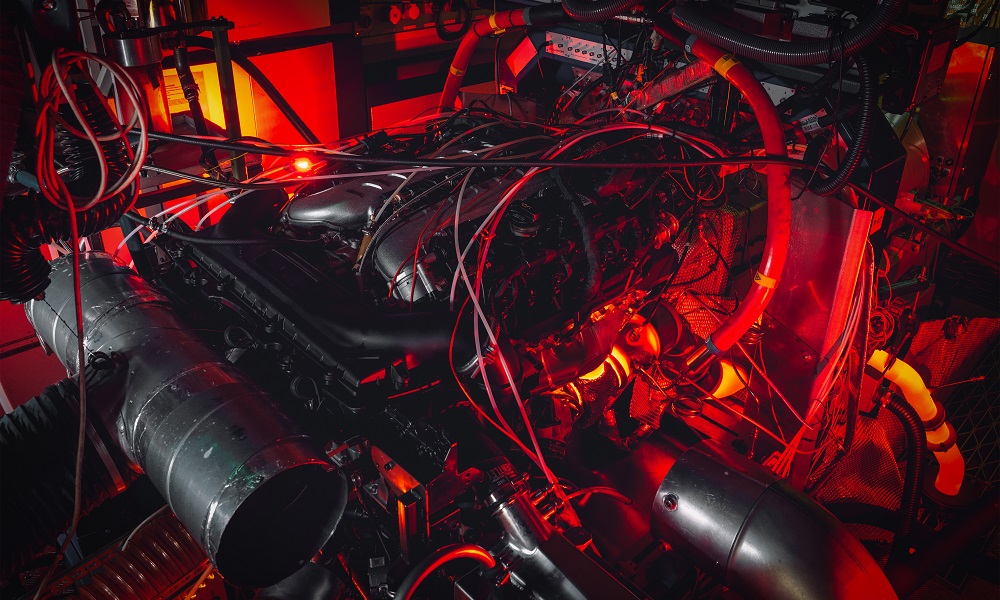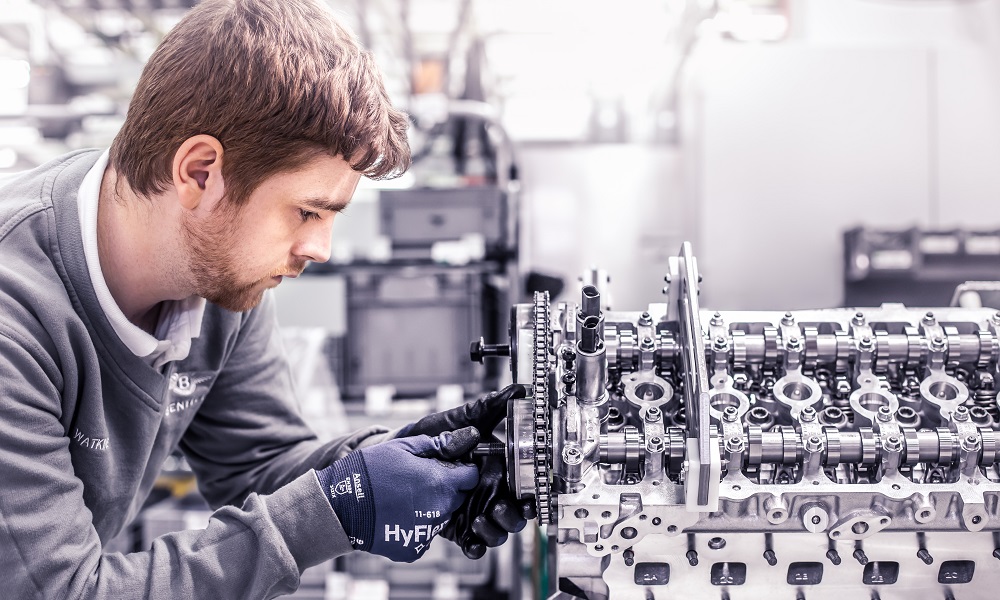Bentley will cease production of its 12-cylinder petrol engine in April 2024, by which time more than 100,000 examples of the iconic W12 will have been handcrafted in the company’s Dream Factory in Crewe, England.
The decision comes as part of Bentley’s acceleration towards a sustainable future through its Beyond100 strategy which will see the company’s entire model line fully electrified by the start of the next decade, reducing fleet average emissions to 0 g/km CO2. This journey has already begun, with the introduction of the Bentayga and Flying Spur Hybrid models for which demand is exceeding the company’s expectations. Meanwhile, an engine first made available in the sector-defining Continental GT, which has been powering Bentley both metaphorically and literally for the last 20 years, will be consigned to history.
Bentley isn’t letting the W12 bow out without a dramatic send-off. Development work has concluded recently on the most powerful version of the W12 ever created. The ultimate iteration of this mighty engine – destined for just 18 examples of the Bentley Batur to be handcrafted by Mulliner – is now confirmed as developing 750 PS and 1,000 Nm of torque.
“Our progressive journey towards sustainable luxury mobility means making changes to every area of Bentley Motors,” says Bentley’s chairman Adrian Hallmark.
“When we first launched the W12 back in 2003, we knew we had a mighty engine that would propel both our cars and the brand forwards at speed. 20 years and more than 100,000 W12s later, the time has come to retire this now-iconic powertrain as we take strides towards electrification – but not without giving it the best send-off possible, with the most powerful version of the engine ever created.”
The uprated engine has proven to be as reliable as ever and so will equip the most powerful road-going Bentley ever built. While all Baturs are sold, a limited number of the 659 PS version of the W12 engine offered in the Speed versions of Continental GT, Bentayga and Flying Spur as well as the Continental GT Mulliner and Flying Spur Mulliner can still be ordered. These final W12-powered Speed and Mulliner models is expected to be high, and customers eager to secure one of the last ever 12-cylinder Bentleys should contact their retailer with equal speed – orders for W12-powered models will close in December.

Bentley plans to expand the line for the completion of other Bentley engines used for plug-in hybrid models by repurposing the W12 engine production facility in their carbon-neutral factory in Crewe.
Since the first introduction of the 6.0-litre, twin-turbocharged W12 in 2003, the engineering team in Crewe has continually improved the performance of the engine in terms of power, torque, emissions and refinement. For the launch of the Bentayga in 2015, the W12 was completely redesigned from the sump up, and it’s that version of the engine that remains in production today – featuring cylinder deactivation, direct and port injection, and twin-scroll turbos.
Each W12 engine is hand-built over 6.5 hours by a team of craftspeople before undertaking a highly sophisticated test regime of over an hour via three specialist diagnostic machines. Every week, one engine is run over an extended test cycle and then fully stripped for inspection.
The W12 engine facility will have delivered over 105,000 engines before reaching its 20th anniversary this year.



